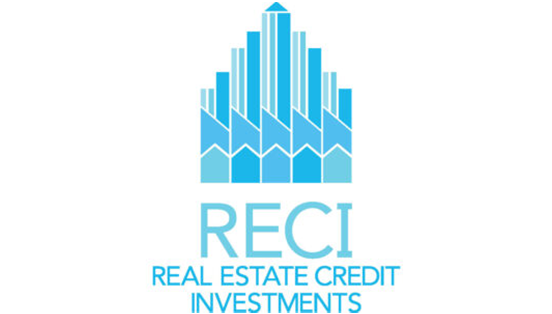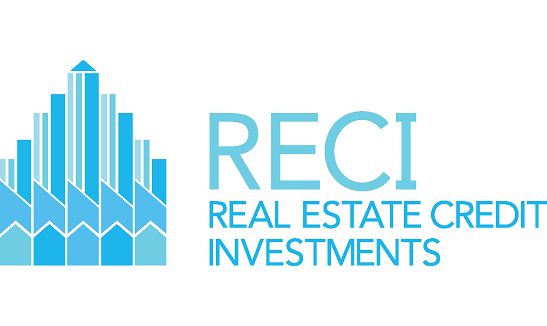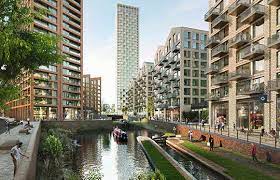The commercial real estate market in 2025 is a study in contrasts, tempered by economic headwinds yet laced with opportunity for those willing to adapt. Rising interest rates, tighter lending conditions, and fluctuating asset values are rebalancing expectations, compelling investors to adopt sharper, more agile strategies. Yet for every challenge, new avenues are emerging, redefining what stability, performance, and value creation look like in the property sector.
Demand across different asset classes is diverging with marked clarity. Industrial and logistics assets continue to benefit from supply chain recalibration and sustained e-commerce strength. Prime locations with access to infrastructure are holding their value and often commanding premium rents. On the other hand, office markets remain uneven. Core CBD locations with high-spec amenities and ESG-aligned upgrades are retaining tenant interest, while secondary spaces, especially those lacking flexibility and energy efficiency, are underperforming.
Retail is undergoing its own evolution. Experiential retail, anchored by food, entertainment, and lifestyle elements, is gaining traction, especially in suburban centres. The move away from transactional footfall towards curated destination experiences is reshaping shopping precincts and recalibrating leasing strategies. Meanwhile, traditional strip retail and underinvested assets continue to lag, requiring significant capital to reposition or repurpose.
Capital flows are reflecting this sectoral reweighting. While overall investment volumes have dipped compared to recent peaks, institutional investors are selectively deploying capital into resilient sub-markets. Assets with long-term tenants, predictable income, and sustainability credentials are high on the list. Notably, the appetite for sale and leaseback arrangements is growing, offering investors secure cashflows while enabling occupiers to unlock balance sheet value.
Developers are pivoting. The pipeline for new commercial projects is tapering, particularly in markets where rising construction costs and interest rates are compressing feasibility. However, adaptive reuse is gaining momentum. Offices are being repositioned into mixed-use precincts, and underutilised assets are being transformed to match emerging community and economic needs. For investors, this shift presents potential to acquire assets below replacement cost and create long-term upside through redevelopment.
Lenders, too, are recalibrating. Debt is still available, but loan-to-value ratios are more conservative, and underwriting standards are tighter. As a result, alternative financiers and private capital are increasingly stepping into the funding gap, providing bridge financing and mezzanine solutions where traditional lenders hesitate.
At the core of this evolving market is the need for strategic clarity. Investors who are actively assessing tenant demand, scrutinising asset fundamentals, and embedding sustainability into decision-making are finding the best prospects. Portfolio diversification—across geography, sector, and lease profiles—is proving essential, as is data-driven asset management to optimise performance.
The rest of 2025 will be defined not by market recovery or decline in broad strokes, but by precision—knowing where to lean in, where to hold, and where to exit. While macro volatility remains, savvy investors are focusing on fundamentals, managing risk, and seising dislocation-driven opportunities that less agile players miss.
Real Estate Credit Investments Limited (LON:RECI) is a closed-end investment company that specialises in European real estate credit markets. Their primary objective is to provide attractive and stable returns to their shareholders, mainly in the form of quarterly dividends, by exposing them to a diversified portfolio of real estate credit investments.








































